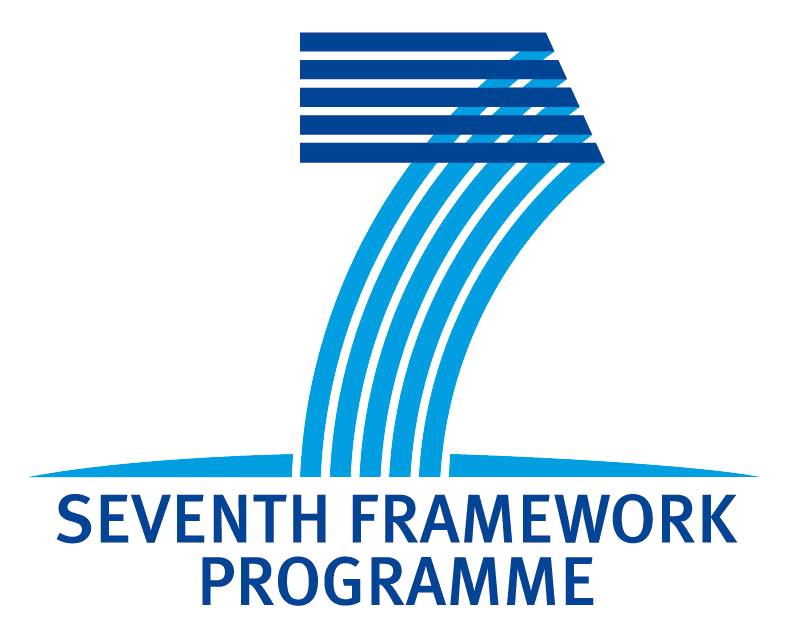Logic, Semantics, Translation, and Universal Grammar
| Title | Logic, Semantics, Translation, and Universal Grammar |
| Publication Type | Slide Presentation |
| Authors | Ranta, A |
| Place Published | Gothenburg, Language and Logic Seminar |
| Year of Publication | 2010 |
| Abstract | Abstract from: http://www.flov.gu.se/forskning/forskningsomraden/logik/logikseminariet/ That languages have a common semantical foundation in logic is an old idea. In a letter to Mersenne in 1629, Descartes proposed a universal formal language that would serve as the basis of translation between languages; this idea was developed further by Leibniz in his "characteristica universalis". In modern times, systems like UNL and SUMO are used as interlinguas for machine translation, much in the same spirit. On the other hand, critics like Sapir and Whorf have rejected the idea of a common semantical foundation of languages, and the main stream of machine translation is based on statistics on co-occurrences of words and phrases, with no reference to semantics; Google translate (http://translate.google.com) is an extremely successful example of this approach. In the talk, I will summarize the main arguments underlying the different approaches to translation. Then I will present an approach which, in a sense, builds on Descartes's idea of a universal formal language, but takes into account the criticisms. The key idea is to distinguish between different levels of abstraction in language: on some levels, translation is clearly impossible, whereas on some other levels, it is clearly possible and the problems are technical rather than philosophical. The approach has been proven in several applications, and it is currently developed further in the European project MOLTO (Multilingual On-Line Translation, http://www.molto-project.eu). |
| Keywords | Logic, MOLTO dissemination, Philosophy, universal grammar, WP2 |
| Type of Work | seminar talk |
| URL | http://www.cse.chalmers.se/~aarne/talks/logic2010.pdf |
What links here
No backlinks found.


